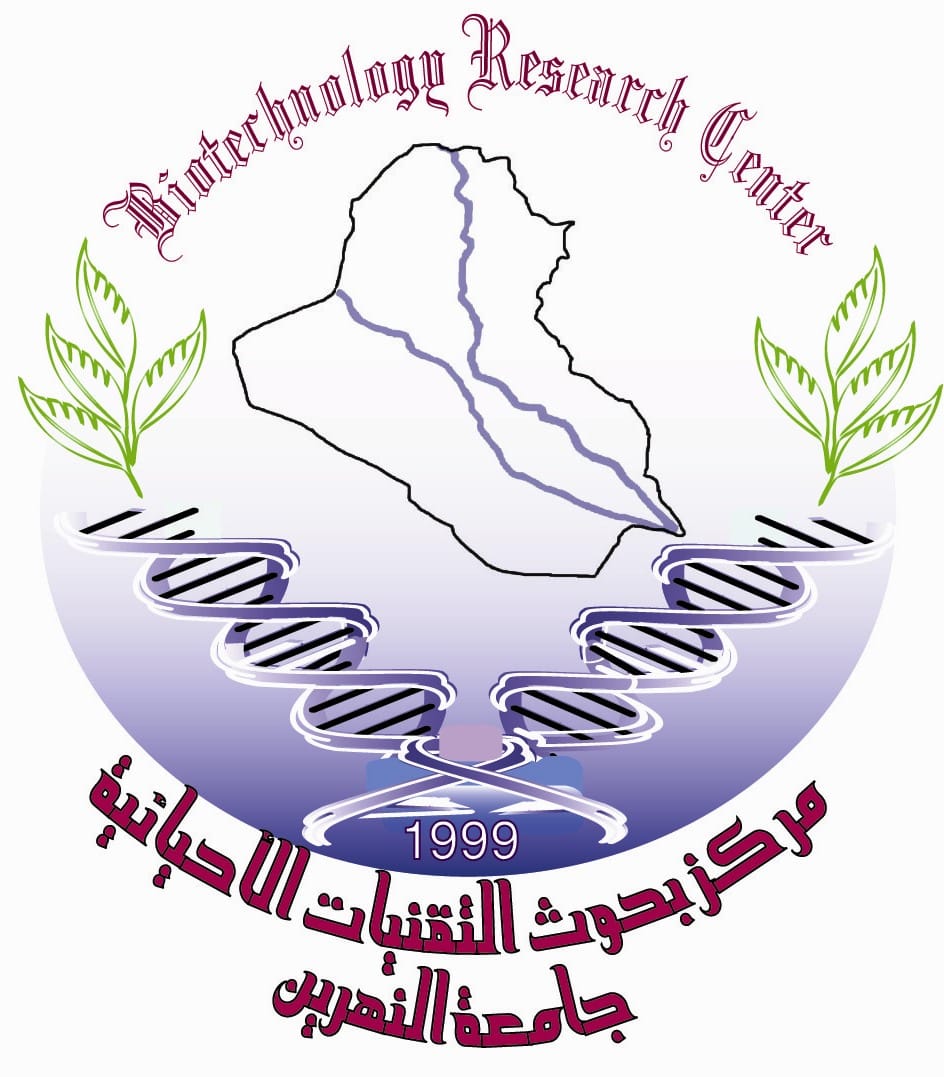Effect of Magnetotron on the Rates of Growth and Fecundity in Ostracoda Cyprislaevis O.F Müller,1776 under the Laboratory Conditions
DOI:
https://doi.org/10.24126/jobrc.2014.8.4.381Keywords:
Magnetotron, Rates of Growth and Fecundity, Ostracoda cyprislaevisAbstract
The Magneototron technique considers as recent and advanced techniques in magnetic water treatment, which application in different; ecological, agricultures, industrial, medical and scientific fields. Therefore this study making to determine the effects of Magnetotron system with different intensities 0.05,0.10 and 0.15 Tesla on some biological aspects for one species of freshwater Ostracoda cyprislaevis O.F. Müller, 1776 for economical important, because both juveniles and adults of fishes feeding on it and as a tool for water cleaning, which consideration feeding on dead and decay animals and vegetables The samples of Ostracoda were collected from Al-Jaesh canal- Baghdad province for period from 1/9/2012 to 1/11/2012.The obtained results compared with this species of Ostracoda which lived in raw water (unexposed to magnetotron system).The present study demonstrated increased significance the rates of growth by increased the bivalve carapace dimensions (length and width) for both ostracodean males and females with increased intensity of magnetotron system comparative with untreated water. Although increase significant observed in fecundity in ostracodean females by increase the number and diameter of eggs with increased intensity comported with untreated females. Also this study detected to predominant females upon males in both treated and untreated water with magnetotron system. Then the magnetotron system does not effect on heterogonous in sexual formation for this species in same ecosystem.
Downloads
Published
How to Cite
Issue
Section
License
This is an Open Access article distributed under the terms of the creative commons Attribution (CC BY) 4.0 license which permits unrestricted use, distribution, and reproduction in any medium or format, and to alter, transform, or build upon the material, including for commercial use, providing the original author is credited.











